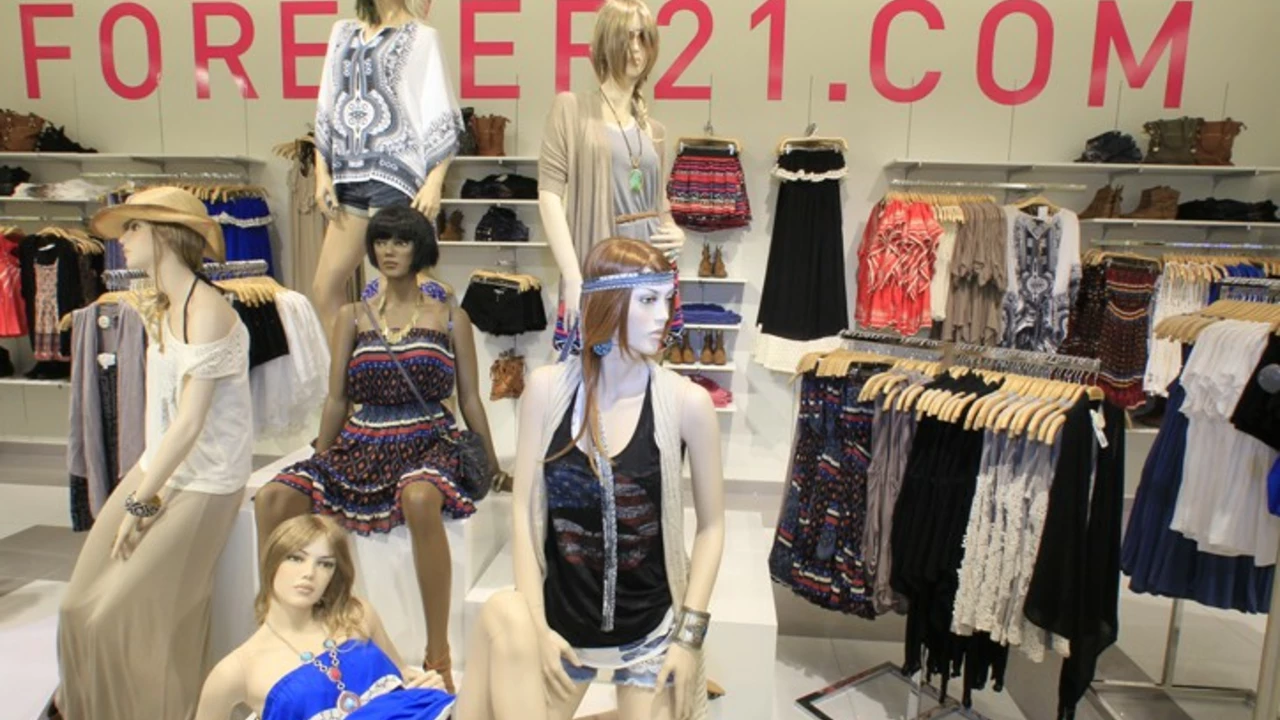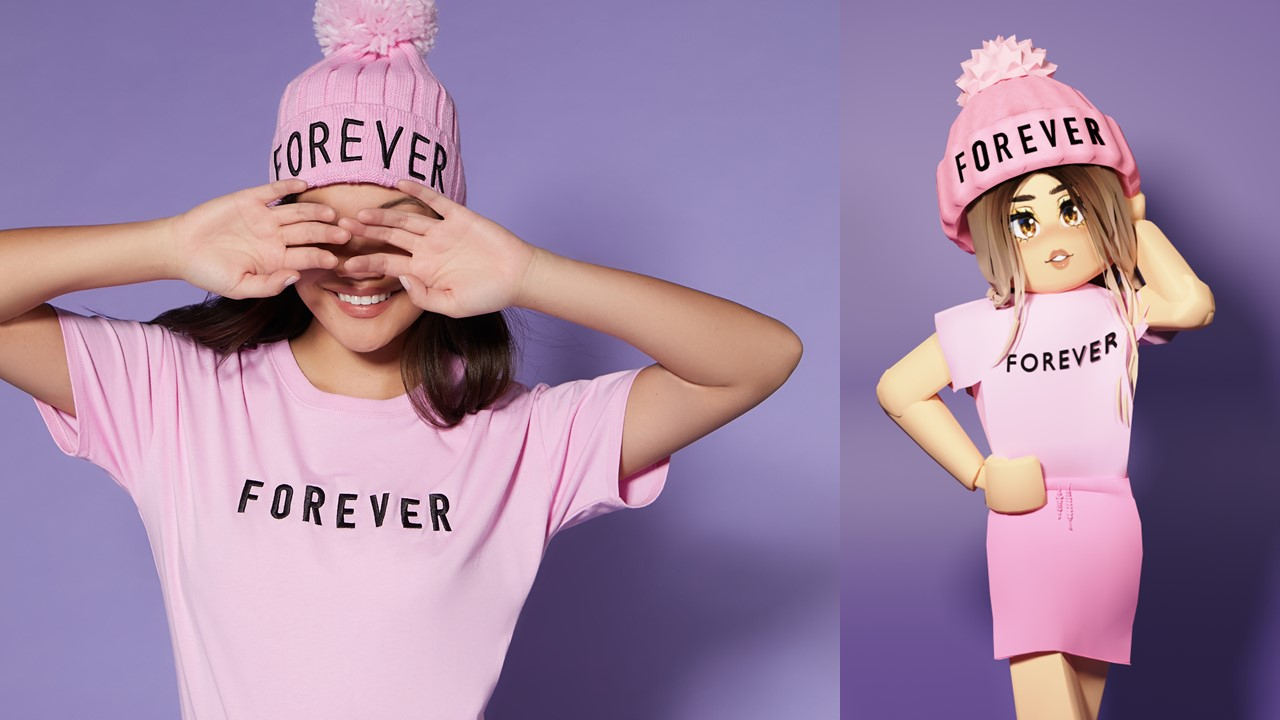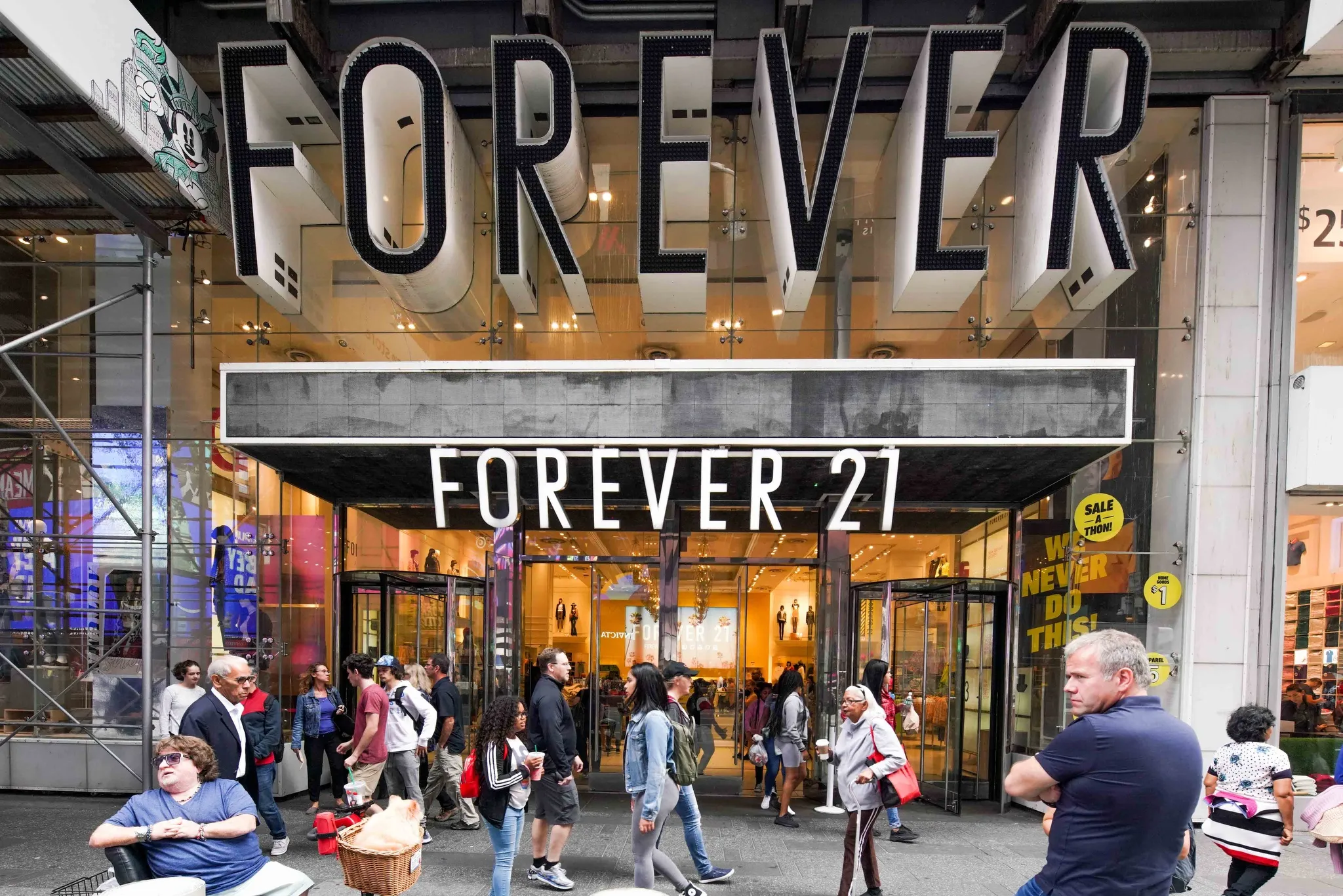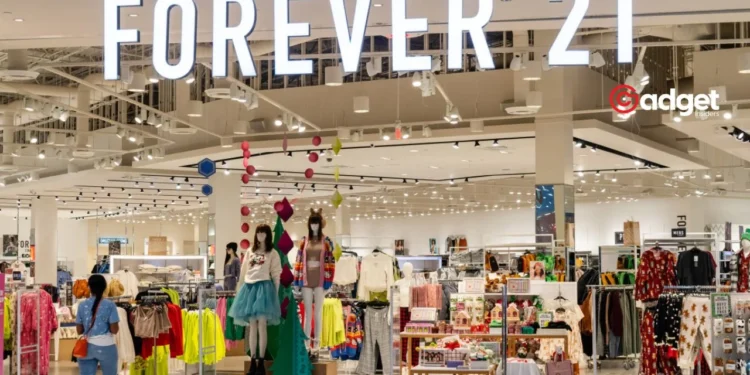In an era where the retail landscape has been relentlessly unforgiving, particularly to sprawling mall-based stores, the rebirth of Forever 21 emerges as a narrative of resilience and strategic innovation. The once-beleaguered retailer, known for its affordable trendy offerings, is rewriting its destiny with a fresh and unexpected pivot: entering the bridal market.

Forever 21: The Downfall and Rise of a Retail Giant
Forever 21’s journey through financial turbulence is no secret. Amidst the rapid decline of foot traffic in malls—a consequence not solely of the pandemic but also due to the meteoric rise of online shopping—the retailer found itself in dire straits. The pandemic only magnified these issues, pushing the clothing brand into Chapter 11 bankruptcy in September 2019.
This led to the closure of numerous stores and the scaling back of its international operations. However, the sale of its assets to a consortium including Simon Property Group and Authentic Brands laid the groundwork for a remarkable turnaround.
if forever21 made bridal wear https://t.co/HhvbhCEcUx
— moonpie munki (@monchhichi420) May 3, 2022
A Bold Step Into Bridal Fashion
April 24 marked a new chapter for Forever 21 as it unveiled its inaugural bridal collection, a strategic move aimed at diversifying its product lineup far beyond its traditional youth-centric apparel.
This collection features an array of items from dresses and hair accessories to more niche offerings like cowboy hats and pajamas, catering to a wide range of wedding-related activities.

The introduction of a bridal line is a clever pivot that taps into the lucrative wedding industry, which remains resilient even as other retail sectors falter. Priced between $8.99 and $47.99 and available in sizes XS to XL, the collection is designed to be accessible, aligning with Forever 21’s core philosophy of affordability.
What This Means for the Retail Industry
Forever 21’s foray into bridal wear is not just a test of its brand elasticity but also a potential bellwether for the retail industry. Other mall staples like Abercrombie & Fitch have also recognized the potential of the bridal market, launching their lines earlier in the year.
This trend underscores a larger movement within retail, where brands traditionally associated with fast fashion are seeking to expand their reach and resonate with consumers on more significant life occasions.

This strategic pivot could serve as a blueprint for other retailers grappling with the challenges of reduced mall traffic and a shift in consumer shopping behaviors. Forever 21’s ability to adapt and innovate may well provide the momentum needed to revive not just its fortunes but also set a precedent for the sector at large.
The transformation of Forever 21 from a bankrupt mall staple into a burgeoning player in the bridal market is a testament to the brand’s resilience and its keen adaptability to market trends.
As it continues to expand its offerings, Forever 21 not only secures its place in the competitive retail market but also challenges the conventions of fast fashion. This story of revival and innovation is far from over, and the retail industry will be watching closely as Forever 21 continues to evolve and thrive in a rapidly changing landscape.









